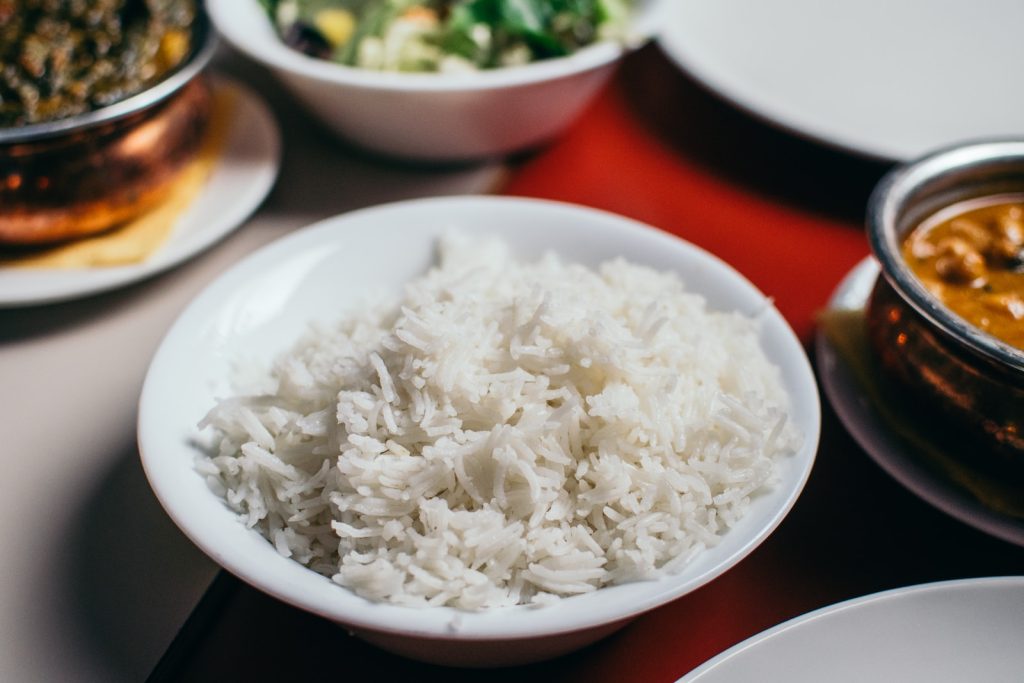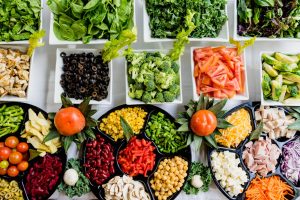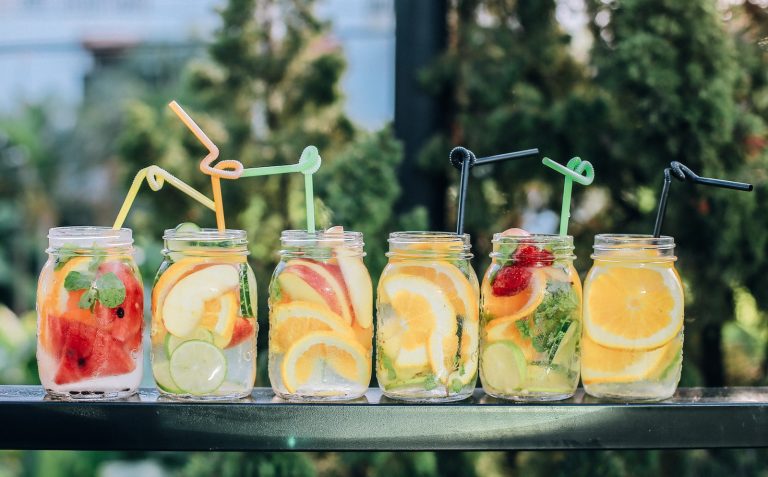While trying to find healthy food options, you may have come across resistant starches. What are resistant starches?
Find out more by reading on!

Starch: An Introduction
Let’s take a closer look at to see what starch is.
Starch is a carbohydrate that contains glucose chains. When you consume starch-containing foods (such as potatoes), your body will break down the starch to single glucose units. These glucose units will then be absorbed by your bloodstream, and you’ll get energy from them!
The starch particles in starch are too large for the body to absorb without breaking them down.
Saliva is the first thing that breaks down starch. Saliva breaks down starch into maltose, a simpler carbohydrate.
The starch will then travel through your digestive system and eventually reach the small intestine. The body then works even harder to further break down the starch into its smallest possible form, glucose. The body is able to quickly absorb glucose and use it as energy.
What is the difference between this starch and?
The starch in resistant starch does not break down or absorb into your body. It acts more like soluble fibre when it reaches the upper part.
This special starch does not undergo the same breakdown as the starch in the small intestinal tract, which is the conversion from starch into glucose. It acts as a more fiber-like starch than a simple starch. To be more specific, it could be called “digestion-resistant starch”.
The food will ferment in the large intestine and be eaten by good bacteria.
These starches are not absorbed by the body, they are fermented instead and eaten by your flora. They are a healthy addition to any diet.
Take a look at the other benefits that resistant starches can provide.
Resistant Starches: Benefits
The bacteria in your gut are healthy bacteria. Resistant starches provide the nutrients they require. It is important to feed the good bacteria in your body. By eating a healthy diet, we can eliminate the bad bacteria in our gut and increase/maintain the good bacteria. These bacteria produce vitamin K, and other components that are essential for your body.
Consider these additional benefits:
- You’ll feel fuller without adding many calories to your diet. They can also help with weight loss.
- They play a similar role to fibers in the gut. As other foods are being digested, they form the bulk of your intestine. This bulk aids in the movement of the intestines and prevents diarrhea and constipation.
- This fatty acid is released by the bacteria that break down these starches in the gut. It reduces inflammation, and helps improve gut health. This can help fight inflammatory gut diseases like inflammatory bowel disease.
- Insulin resistance improves with increased insulin sensitivity. Improved insulin resistance helps to prevent type 2 diabetes. They also help regulate blood sugar and prevent spikes in glucose, which can lead to hunger and mood swings.
- Because they release less gases, they don’t cause as much bloating.
Here are just a few benefits of resistant starches.
Foods High in Resistant starches
It’s essential to know which foods contain a high amount of these starches before you can incorporate them into your diet. These are a few of the foods which contain high amounts of miracle starches. These can be divided into four main categories:
- You can find grains, beans, seeds and legumes in category 1. They are resistant to digestion due to their cell walls.
- This is what we call “granular starch”. These types of starches can be found in raw potatoes and basmati rice. They are also present in green bananas and certain types of corn.
- This is what’s commonly referred to as “retrograded flour”. After cooling down starchy foods, this happens. This exposure to cold temperatures converts the “normal” form of starch into a more resistant starch.
- They are resistant to digestion because they are made from “man-made” stars.
Temperature affects the amount of healthy starches found in some foods. Ripe bananas, for example, have less resistant starch than green bananas. This is because, as they ripen, the resistant starch in bananas is converted to normal starch, which is then digested. Food can change from “normal” to resistant starch, or the reverse – from normal back to retrograde. Cooking or ripening foods changes their molecular structure.
One quick note on cooked pasta. It is believed that the starch in pasta becomes more resistant when it has been cooked, cooled, and then heated (or eaten cold). This is a great way to “indulge” on pasta and still reap the benefits. Recognize that pasta isn’t a natural product and that it’s the reason why it wasn’t included in the list of foods naturally containing resistant starch.
You can use this information to help you add resistant starches to your diet.
List of RS Foods
If you’re looking for resistant starch, here is a list that includes whole foods. This list is not meant to be exhaustive.
- Raw Oats (this recipe requires overnight soaking).
- Garbanzo beans
- Green Bananas
- Lentils
- Black Beans
- Raw potatoes (also prepared by cooking and cooling, and then reheating)
- Yams
- Sweet potatoes (try cooking and cooling, then reheating)
- Pinto Beans
- Rice (cook and cool, then reheat)
- Hi-Maize Flour
- This is a fantastic option
- Kidney beans
- Barley
Tips for incorporating resistant starch into your diet
- According to studies, a healthy amount of RS should be between 15-30 grams per person each day.
- You can prepare rice or potatoes a few days in advance, and cool them down in the fridge. The resistant starch will be increased. Then, heat them up again when you want to consume them.
- Breakfast is oats with milk. Add the milk the night before to the oats and refrigerate. Enjoy the following morning! Here’s a great recipe for overnight oatmeal.
- Include lentils in your diet
- Many recipes call for flour. You can replace about 1/5 the with resistant starch.
- You can use many different resistant starch products. Always try to use natural sources of resistant stars instead, and only supplement as a last resort!
Drink plenty of water every day to help resistant starch pass your gut.
Colorectal Cancer and Resistant Starches
A number of studies have shown that RS consumption can reduce the risk of colorectal carcinoma! Starches protect your gut from mutations and other changes which may lead to cancer. There are no dietary changes that will guarantee you won’t get cancer. However, you can take steps to improve your chances.
Frequently asked questions
Does it have any side effects?
The resistant starches do not have any harmful side effects. However, they may make you feel a bit bloated in the beginning. Natural resistant starches (such as lentils oats barley etc.) are available. Fermentation is very slow, so the gas released by these fibers is slower than other fibers.
Is resistant starch a fiber?
Good news! Resistant starches are now classified as a fermentable fiber.
How many calories should I consume per day?
To improve your gut’s health, aim for 15-30 grams per day.
Am I already consuming resistant starch in my diet?
Most people consume resistant starch as part of their diet. They are only consuming half the recommended daily amount! You should therefore increase the amount of resistant starch in your diet.
Can these starches be added to the food that I am baking?
In general, baking reduces resistant starch in many foods. There are different types of resistant stars. Use resistant starches that are chemically modified for baking. They won’t degrade with heat.
What are you waiting? Add resistant starches into your diet to experience positive changes in your gut’s health! Resistant starches can also help you to lose weight, improve your blood sugar levels and increase your insulin sensitivity!
You can find more EMH articles here to help you in your Eat Move Hack journey.










